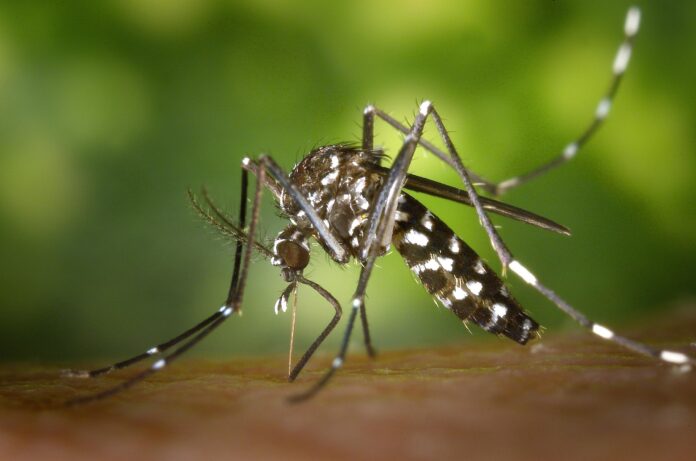Since the end of June, a trapping system has been implemented in several neighborhoods of Nice. The operation has captured nearly 3,600 female mosquitoes, thereby limiting the proliferation of 3.6 million new mosquitoes.
Faced with the growing presence of the tiger mosquito in its area, the municipality of Nice has decided to take preemptive action. Since 2004, this insect has massively established itself in the region. Today, it is considered a public health threat due to its ability to transmit diseases such as dengue, chikungunya, or Zika.
To try to contain its spread, an action plan has been launched. The operation, in place since the end of June, is based on a trapping system distributed throughout the city. “Since the end of June, traps have been installed to monitor mosquito populations,” said the mayor of Nice. “Specifically, there are 62 passive oviposition traps and four innovative traps using carbon dioxide (CO2) to mimic human breathing and thus attract mosquitoes. These devices have proven to be highly effective, with nearly 3,000 female mosquitoes captured. Knowing that one female can produce up to 1,200 new female mosquitoes, these devices have already prevented the emergence of 3.6 million mosquitoes. These initial results are very encouraging and support our intention to extend this system to other sensitive areas of the city.”
According to collected data, the 62 oviposition traps have allowed us to capture 2,954 female mosquitoes. The four carbon dioxide traps have, on their part, captured 659 female mosquitoes. The breakdown by site is as follows:
- 191 mosquitoes captured at the Arènes de Cimiez
- 155 at the Castel des Deux Rois
- 261 at the Villa Paradisio
- 52 on the Colline du Château
Detailed data for a targeted response
The deployed plan also allows us to better understand high-risk areas. Thanks to readings from the traps, technical services have been able to establish a preliminary map of the most exposed sites. Three areas stand out by the number of captures:
- 165 mosquitoes captured at Place Guynemer
- 150 at the Valrose parking lot
- 125 at the Montée Eberlée cemetery
This map should enable adjustments in interventions, particularly in larvicide treatments. These are currently being applied to identified larval habitats, complementing the trapping.
Beyond the technique, authorities are also relying on the participation of residents. The Nice city website offers a form allowing residents to report the presence of mosquitoes in public spaces or private zones.
These reports are valuable in helping to better target actions and supplement field data.
This initial assessment encourages the municipality to continue and expand the system. New areas could thus be equipped in the coming weeks.


